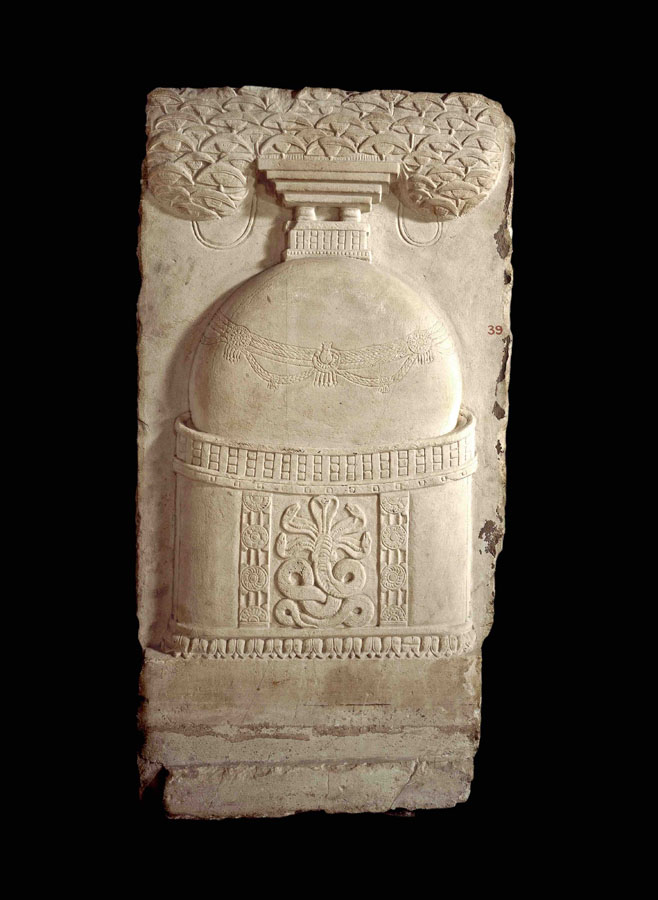
Stūpa drum panel with protective serpent. Amaravati stupa, Guntur district, Andhra Pradesh. Sātavāhana, second half of 1st century–early 2nd century CE. Limestone, 145×77.5×10 cm. Excavated by Walter Elliot, Commissioner of Guntur, 1845; transferred to Madras,1856; shipped to East India House, London, 1859; transferred to the India Museum, London; transferred to the British Museum, 1880 Collection: British Museum, London
Tree & Serpent: Early Buddhist Art in India, 200 BCE–400 CE
July 21-November 13, 2023
(Members Preview on July 17)
Featuring more than 140 objects dating from 200 BCE to 400 CE, the exhibition presents a series of evocative and interlocking themes to reveal both the pre-Buddhist origins of figurative sculpture in India and the early narrative traditions that were central to this formative moment in early Indian art. With major loans from a dozen lenders across India, as well as from the United Kingdom, Europe, and the United States, it transports visitors into the world of early Buddhist imagery that gave expression to this new religion as it grew from a core set of ethical teachings into one of the world’s great religions. Objects associated with Indo-Roman exchange reveal India’s place in early global trade. The exhibition showcases objects in various media, including limestone sculptures, gold, silver, bronze, rock crystal, and ivory. Highlights include spectacular sculptures from southern India—newly discovered and never before publicly exhibited masterpieces—that add to the world canon of early Buddhist art.
For more information, click here.
